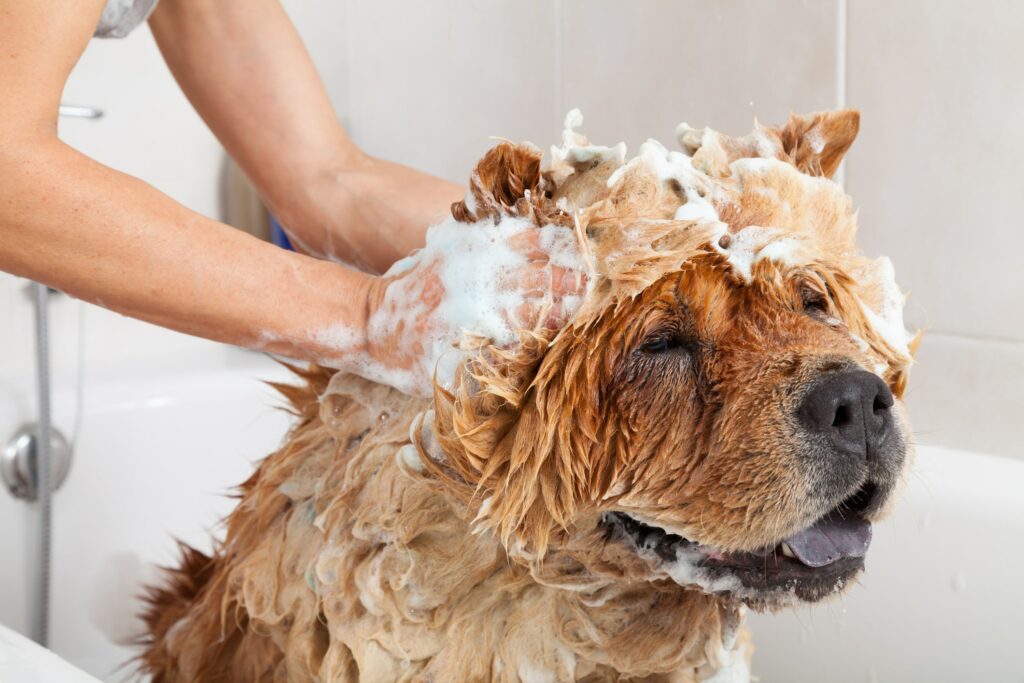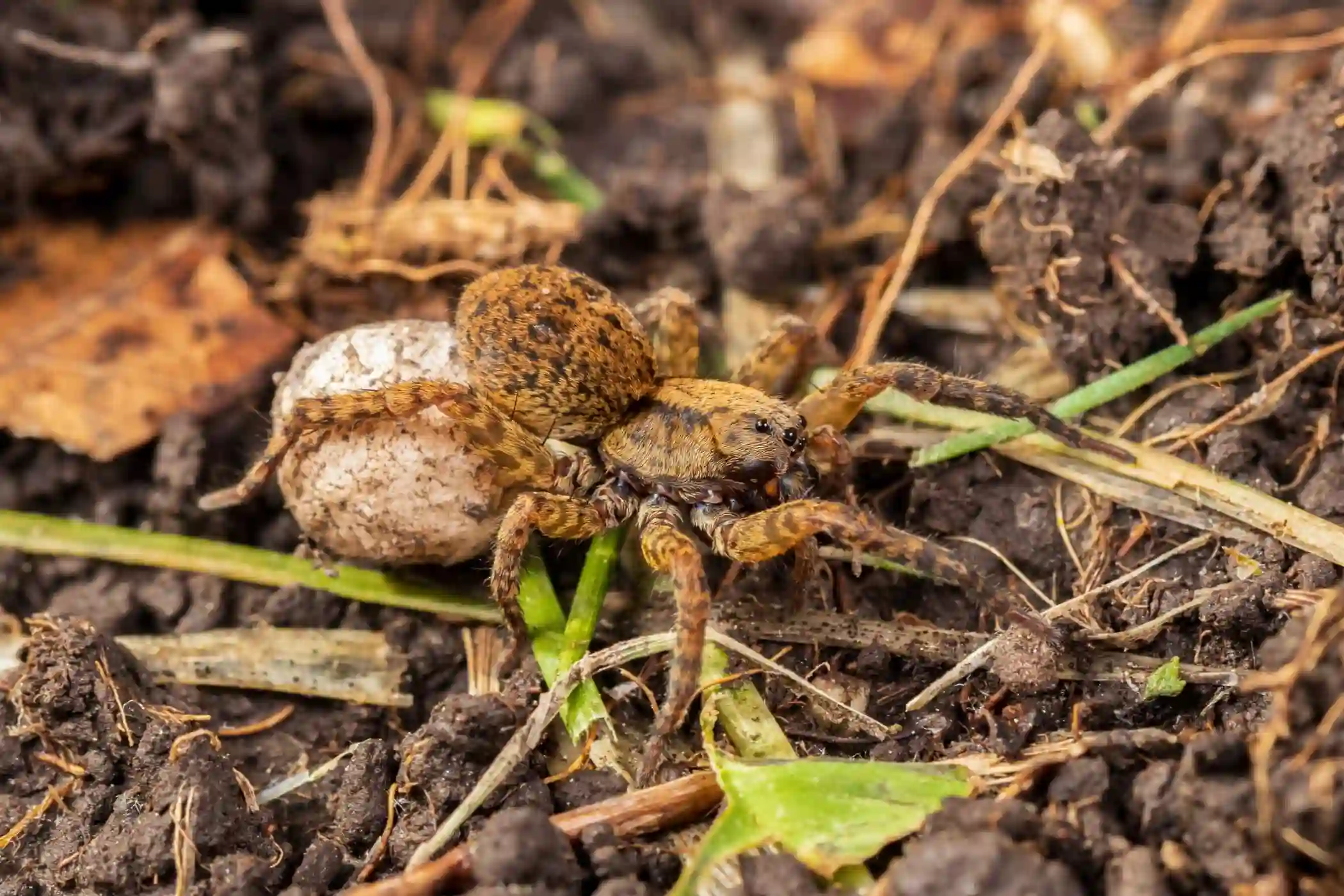How To Protect Your Pets From Wolf Spiders
Having a pet around the house can liven up your home in ways nothing else can. From a bouncing puppy to a purring cat, pet ownership should be an absolute joy for you and your loved ones. But, when you have a problem with wolf spiders around your home, it can leave you and your pets at risk and disrupt the joys of pet ownership.
However, you can take preventive measures to protect your pet from pests, such as wolf spiders, and prevent any nasty home invaders from entering your home. In this blog, our team at Burns Pest Elimination will guide you through how to better protect your pets from wolf spiders.
What Are Wolf Spiders?
Wolf spiders are fierce predators that commonly feed on other insects such as flies and moths. Since they prefer to hunt their prey through tracking, they don’t make webs, but rather build burrows in the ground and wait for their unsuspecting prey to stumble upon their den. When inside your Arizona or Nevada home, however, wolf spiders opt to hide in dark, secluded, and sheltered areas such as the basement, inside boxes, or any undisturbed clutter in your home.
Other common characteristics of wolf spiders include:
- Color: Their color ranges anywhere from black and gray to brown.
- Size: Wolf spiders range anywhere from 10 to 35 millimeters in length.
- Eyes: They typically have eight eyes, with two being significantly larger than the others.
- Body: They have thick and hairy bodies, similar to tarantulas.
Why Should I Protect My Pets Against Wolf Spiders?
Although wolf spider bites are not deadly, they are irritating and can occur when the spider is extremely agitated or provoked. While humans are more likely to avoid wolf spiders and prevent getting bit, your curious pooch is likely to agitate a wolf spider enough for it to dish out a painful bite. This is especially the case in states like Arizona and Nevada where wolf spiders live in abundance.
According to Bird Watching HQ, wolf spiders are among the most recognizable spiders in Nevada. They often make their homes in almost any environment, which includes underneath rocks and logs. In Arizona, according to the Arizona-Sonora Desert Museum, wolf spiders are found in areas such as the Arizona Uplands and Sonora Desert, where they can easily burrow into the ground and make their habitats.
With your furry friend constantly digging at the ground, it’s best to ensure they don’t hit a nest of wolf spiders.

Tips for Pet Protection
Pet protection against wolf spiders and other pests is an essential part of keeping your pet happy and healthy, especially in pest-heavy environments such as Arizona and Nevada. For the betterment of your pet, there are several preventative measures and things you can do to protect your pet from pests. Here are a few techniques you can use:
Regular Cleaning Inside and Out of the House
You can help prevent wolf spiders from entering your home by regularly cleaning your house. For example, you can regularly vacuum floors and air out your garage, closets, and under-the-bed spaces. To prevent wolf spiders outdoors, keep your lawn trimmed and neat. This will make it easier for you to spot wolf spider burrows in your lawn so you can train your pets to steer clear of these areas.
Shampoo Pets Early and Often
Along with cleaning your house, you should also be cleaning your pets! If your pets spend a loot of time rolling in the dirt, they are more likely to pick up unwanted pests that are precious food for any wolf spiders that might be hiding in your home.
Keep Pets Indoors at Dawn and Dusk
As wolf spiders are attracted to the dark, it’s not uncommon for them to be lurking out at sunrise or sunset. To keep your pet better protected from wolf spiders, keep them indoors from dusk until dawn to avoid potential problems with any unwanted visitors.
Tips for Wolf Spider Prevention in Your Home
Since wolf spiders are attracted to shelter and potential sources of food around your Arizona or Nevada house, trying to prevent a wolf spider infestation can be a massive headache for you and a hazard for your pets. Thankfully, you can take several precautionary steps to prevent wolf spiders from entering and establishing their presence in your home. Let’s look at a few major preventative measures you can take today.

Eliminate Hiding Spots
Another way to help prevent a wolf spider infestation from entering your home and potentially harming your pets is by eliminating hiding spots. There’s no question that pets are curious and want to sniff out areas around the house. But if a wolf spider is hiding in one of these areas, the presence of an animal can severely disturb them and lead to a potential bite.
To eliminate hiding spots, pick up clutter around your home and remove cardboard boxes from your home as soon as you’re done with them.Illuminate poorly lit spaces throughout your home by simply opening window shades and let more natural light come in.
Remove Wolf Spiders From Your Home With Burns Pest Elimination
Even with these preventative measures, they’re not an absolute solution. There’s always a chance you could miss a corner, and your furry friend gets a little too curious and sniffs around a wolf spider’s habitat.
There’s a solution available for you. When you need the best results for wolf spider removal with the residential pest control services at Burns Pest Elimination. With a team of professional technicians ready to do the job, our family-friendly and organic services remove and prevent pests from returning to your home. Ready to get started? Find your nearest service area or contact us online today!
